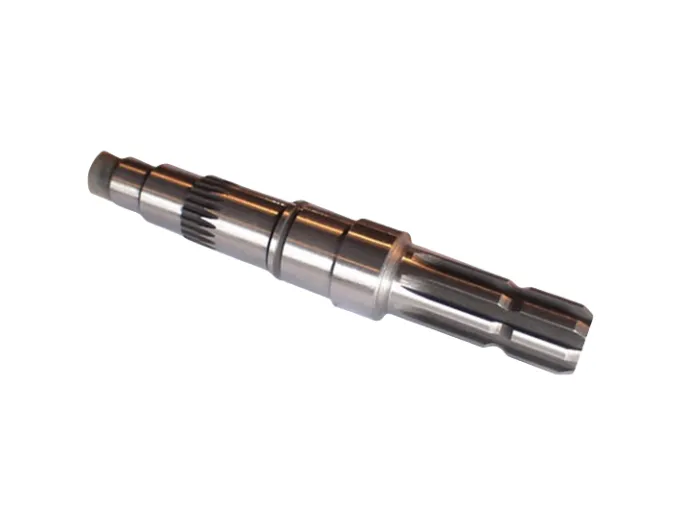Working Principle
Power transmission: The input shaft receives the power from the engine and turns with the operation of the engine. The gear on the input shaft meshes with the gear on the other shaft, and the power is transmitted to the intermediate shaft (if any) and the output shaft in turn through the transmission of the teeth and teeth between the gears, and finally the power is transmitted to the driving wheel, so that the vehicle can be driven.
Variable speed and torque: By changing the combination of different sizes of gear mesh, to achieve different transmission ratios. When it is necessary to drive at high speed, the transmission ratio between the input shaft and the output shaft will be smaller, that is, the input shaft turns many times and the output shaft turns once, so that the speed of the output shaft will be increased, but the output torque will be reduced accordingly; When it is necessary to climb or need greater traction, it will choose to make the transmission ratio larger, reduce the speed of the output shaft, but increase the torque, so as to meet the needs of the vehicle in different driving conditions
Structural Composition
Input shaft (one shaft) : usually connected to the spline hole of the clutch driven disk, the center of the end face may have a hole for mounting the clutch friction plate. The shaft is equipped with a drive gear, which varies according to the design of the gearbox. Some of the drive gear may be integrated with the shaft, while the drive gear of other gears may be empty set on the shaft through a needle roller bearing, and a synchronizer will be installed on the input shaft to achieve smooth shifting.
Output shaft (two shafts) : generally directly connected with the drive shaft (drive shaft), the shaft is equipped with a driven gear, which meshes with the driving gear on the input shaft. Part of the gear shift is driven by needle roller bearings, part is splined on the shaft, and there is also a synchronizer to ensure the smoothness and accuracy of the shift. At the rear end of the output shaft there is usually a spline for connecting with the drive shaft to transfer power.
Intermediate shaft (three shafts) and other shafts: In addition to the input shaft and output shaft, some transmissions will also have other shafts such as intermediate shaft. The intermediate shaft is also equipped with gears with different tooth numbers, which plays the role of transition transmission, transferring the power of the input shaft to the output shaft to achieve different transmission ratios.
Application Scenario
Automotive field: In the manual transmission, the transmission shaft realizes the driver's manual shift through the combination of different gears to adapt to different road conditions and driving needs. In the automatic transmission, the transmission shaft is matched with the hydraulic torque converter and planetary gear set, etc., and the hydraulic control system automatically realizes the variable speed and torque, providing a more convenient and comfortable driving experience for the vehicle.
Industrial machinery: In the transmission of various machine tools, the transmission shaft is used to achieve different cutting speeds and feed speeds to meet the requirements of different processing processes. In the transmission system of large industrial equipment such as cranes and conveyors, the transmission shaft distributes and transmits power reasonably, so that the equipment can run stably and efficiently.
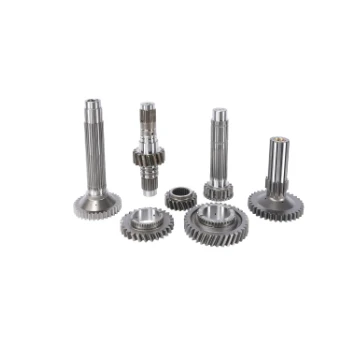
The agricultural and industrial machinery sector is experiencing remarkable growth, and at the heart of this expansion lies the trade and supply of tractors.
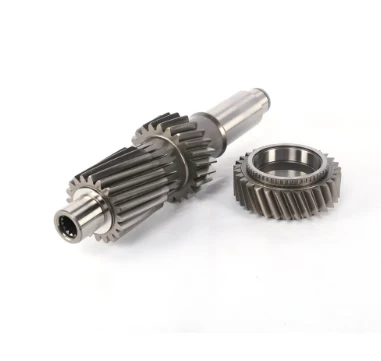
In the world of heavy - duty construction, the seamless operation of machinery is crucial for large - scale projects.
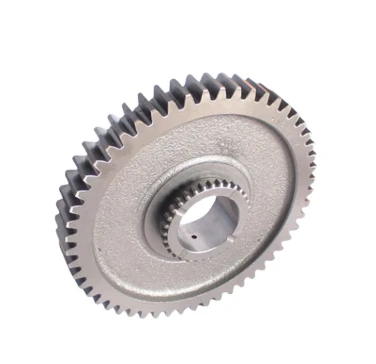
The world of tractors is vast and varied, catering to both practical agricultural needs and the passionate interests of collectors.
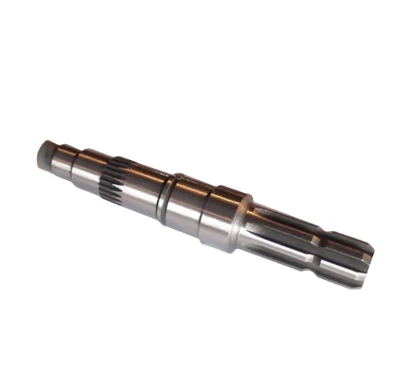
The agricultural and construction machinery landscape is constantly evolving, with tractors standing as essential workhorses for a variety of tasks.
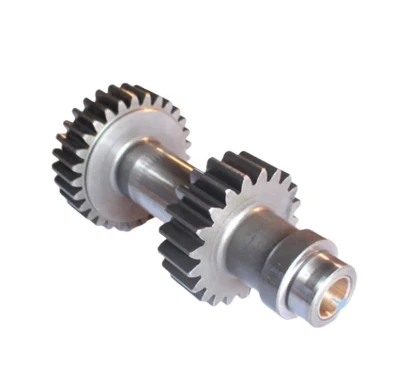
In the intricate world of mechanical engineering, gears are fundamental components that enable the seamless transfer and manipulation of power.
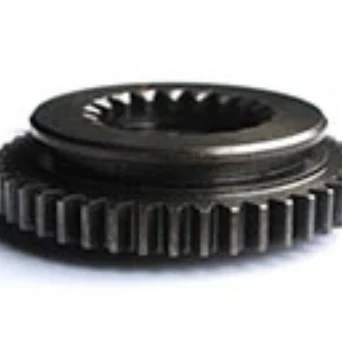
The market for tractors is a bustling hub, catering to a wide range of needs from large - scale farming operations to small - scale gardening projects.
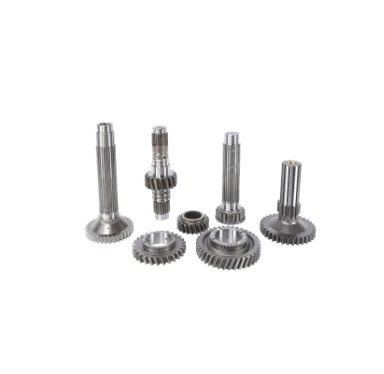
In the dynamic world of farming, machinery has become an essential part of efficient and productive operations.
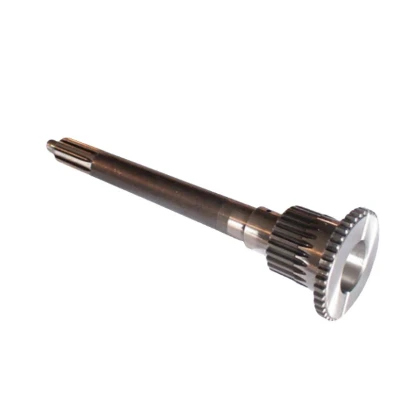
In the expansive realm of agriculture, various tools and machines play crucial roles in ensuring efficient crop production and overall farm management.
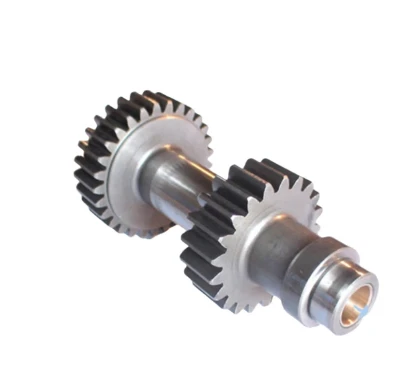
Tractors are essential workhorses in the agricultural and construction sectors, playing a pivotal role in a wide range of tasks.
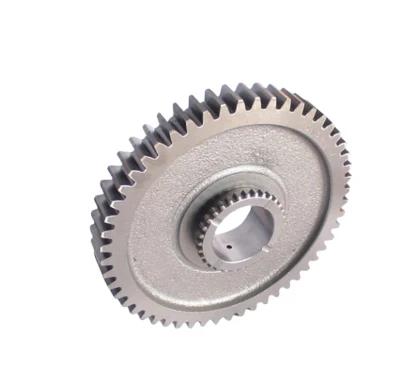
The agricultural and construction sectors rely heavily on tractors for their operations, and the entities involved in the production, distribution, and pricing of these machines shape the industry's trajectory.

Transmission Shaft: Precision, Strength, and Unmatched Performance!
Maximize machine efficiency with durable, high-performance transmission shafts for reliable results!
International layout
Spread all over the world
our products are exported to various parts of the world. Currently, our products have been exported to more than 40 countries Our products cover Asia, Europe, Africa, South America, North America, and Oceania
Sign up
for Newsletter
Subscribe to the weekly newsletter for all the latest updates

